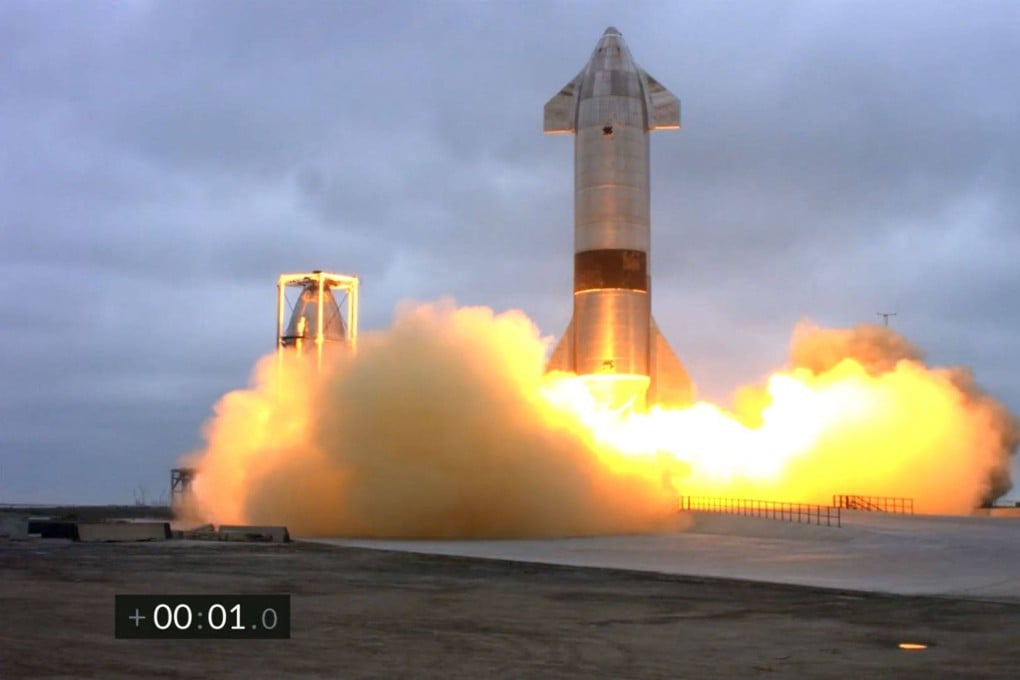Advertisement
China’s suborbital space plane project gets major funding boost
- The country’s biggest research funder will support civilian hypersonic flight technology designed to carry passengers between continents in just an hour
- While US rival SpaceX is developing rocket-powered vehicles for high-speed travel, the Chinese system will feature winged aircraft that take off and land on a runway
Reading Time:3 minutes
Why you can trust SCMP
19

China’s biggest funder of scientific research said it would support the development of civilian hypersonic flight technology that can carry passengers anywhere on Earth – or to near space – within an hour.
The National Natural Science Foundation of China approved on September 7 an unspecified amount of funding for a suborbital transport project to develop the hypersonic transport system.
The system will feature winged aircraft that take off and land on a runway just like an ordinary plane, but with the ability to cruise faster than five times the speed of sound at high altitude, according to the China Academy of Launch Vehicle Technology (CALT), one of the project’s lead contractors.
Previously, China’s hypersonic research was mostly funded by the military. Several types of hypersonic weapons, including anti-ship missiles, have been deployed by the Chinese army and navy in recent years.
Advertisement
“This is the first major aerospace project approved by the National Natural Science Foundation of China,” CALT said in a statement on Thursday.
According to the contractor, the system will be able to travel between continents within an hour, giving rise to new industries such as space tourism and global high-speed transport.

The project positions China in a hypersonic race with the United States. “In recent years, long-distance high-speed transport has become a new research hotspot in the aerospace field,” project lead scientist Song Zhengyu said in the statement.
Advertisement
Advertisement
Select Voice
Choose your listening speed
Get through articles 2x faster
1.25x
250 WPM
Slow
Average
Fast
1.25x